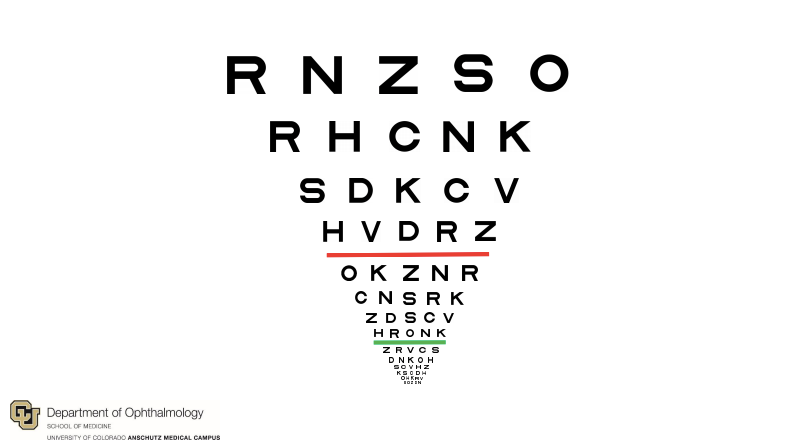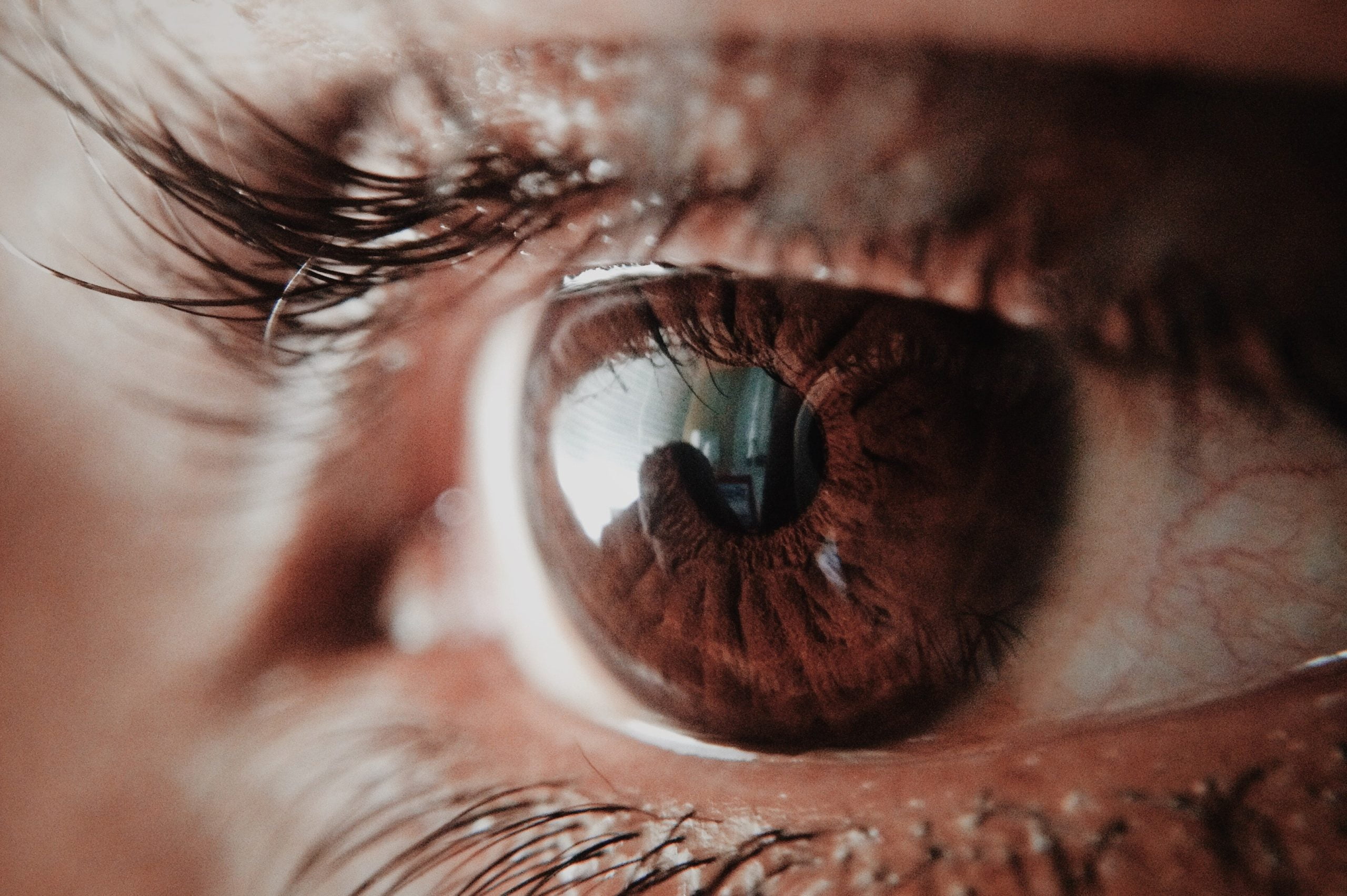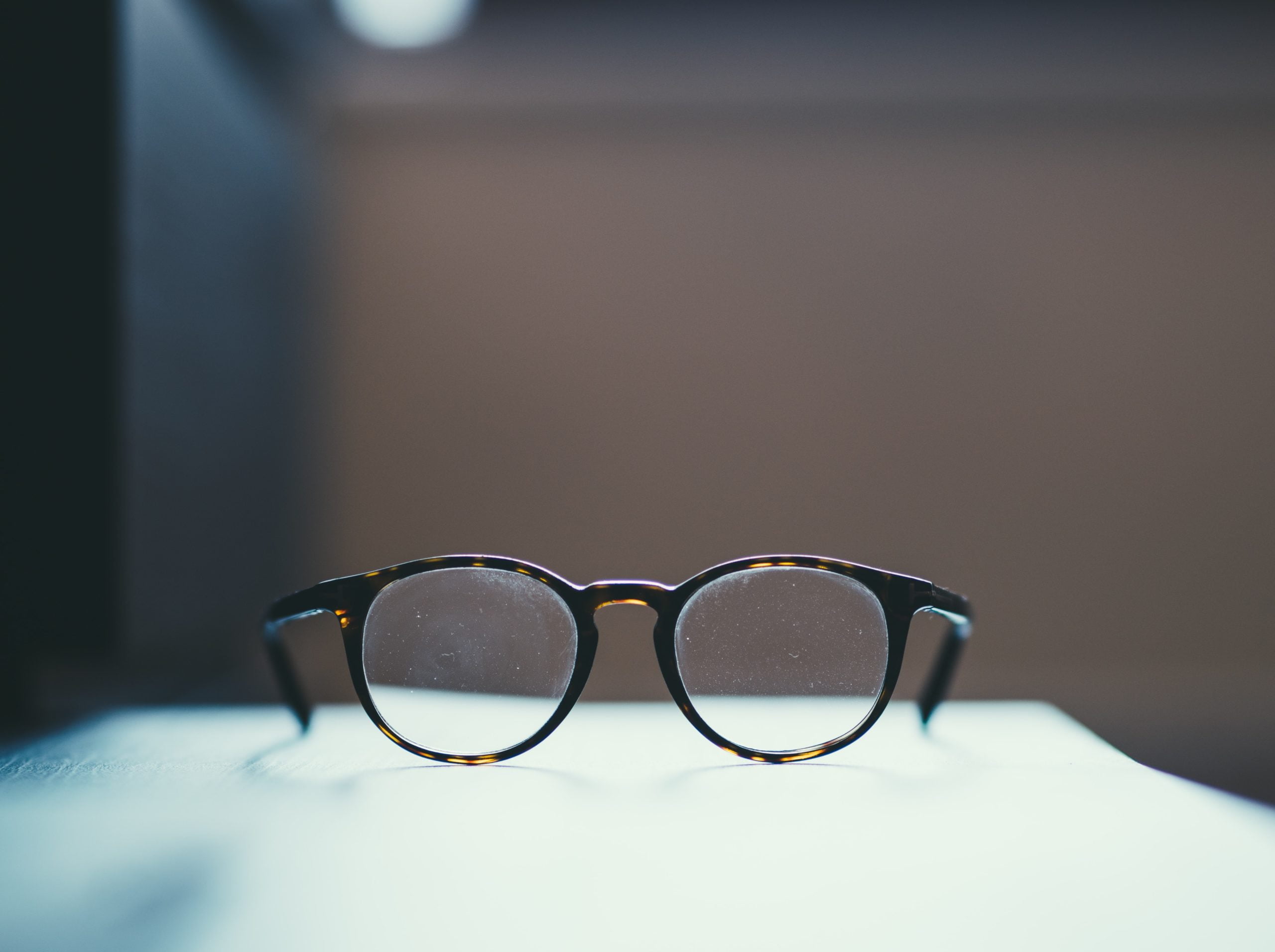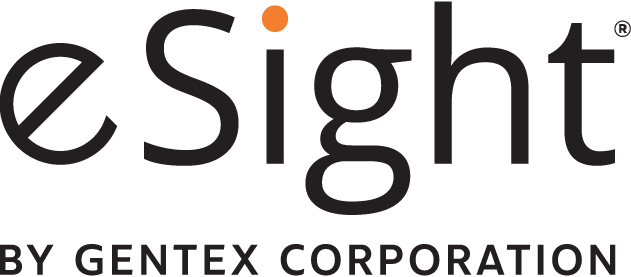Dr. David Lewerenz, OD, FAAO, from the University of Colorado School of Medicine, Department of Ophthalmology, hosted an engaging and informative webinar about virtual low vision rehabilitation on May 14 as part of the #eSightTogether program. This is the second part of his presentation where he answered questions from the webinar participants.

FAQs
A: If you have a very specific problem, your healthcare provider may be able to walk you through a prioritized list of solutions to try, such as getting a head-mounted flashlight, visor magnifier, or other devices such as eSight. In general, it would likely be more about discussing potential strategies rather than prescribing something.
A: Our entire clinic is on EPIC which is one of the 2-3 big EHRs for the country.
A: It is somewhere in between as it is closer than distance but further than most near-visual acuity. Theoretically, if the lighting conditions, contrast, crowding, etc. are the same and the patient is looking through the appropriate correction then there shouldn’t be a difference between the two. If you are looking for more of a distance measurement, you can always ask the patient to back up to around 10 feet for example.
A: So far, I have not done any renewals through virtual health as there is no way that I know of to do a Goldman equivalent through a virtual health visit. However, I have a patient coming in next week who has a license that will expire at the end of May, as our clinic is making exceptions to allow people in to maintain their licensure if their vision supports it. Overall, virtual health might not be valuable in this area as I do not currently know of a way to get visual fields.
A: Yes, although there were some phone calls that I did not bill but even phone calls can be billable. There are guidelines issued through the medical center now for how to bill virtual visits, and it is often based on time because exam elements are limited. However, this may vary with what individual institutions have decided to do.
A: If you are noticing changes in your vision, that is a good opportunity for a phone call to your provider. In our clinic, we have a telephone triage system where someone will screen the callers and get them to the appropriate specialist. Most of the time, I would defer to the specialist who’s caring for their underlying health condition first to see if they can be treated medically, and if not then they would be referred to me where I work on low vision rehabilitation.

A: This is an excellent idea, I love it! If you did send out a 2.5x telescope and they couldn’t see it from their chair but they could see it from half the distance, then you would realize they needed a 5x monocular, so this method is easily adjustable too.
A: I cannot comment right now on what devices are out there as I am no longer involved in glaucoma treatment, but I am aware that they are coming out with measuring devices that can be used from home similar to blood pressure devices being used now.
A: We routinely use continuous-text charts for prescribing near devices. There is no real substitute for that as single letter visual acuity just isn’t the same. Your method is a great idea for taking gold standard clinical practice and using it in the context of a virtual health visit – very creative, I like it!
A: Having dilated pupils would not increase your risk to COVID-19. In terms of getting a glasses prescription, plenty of people will do refractions and prescribe for people who are dilated.
